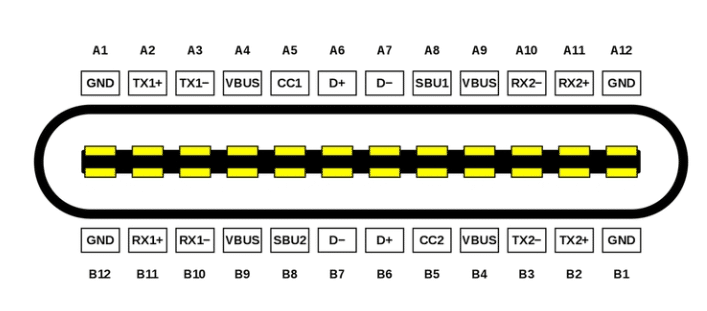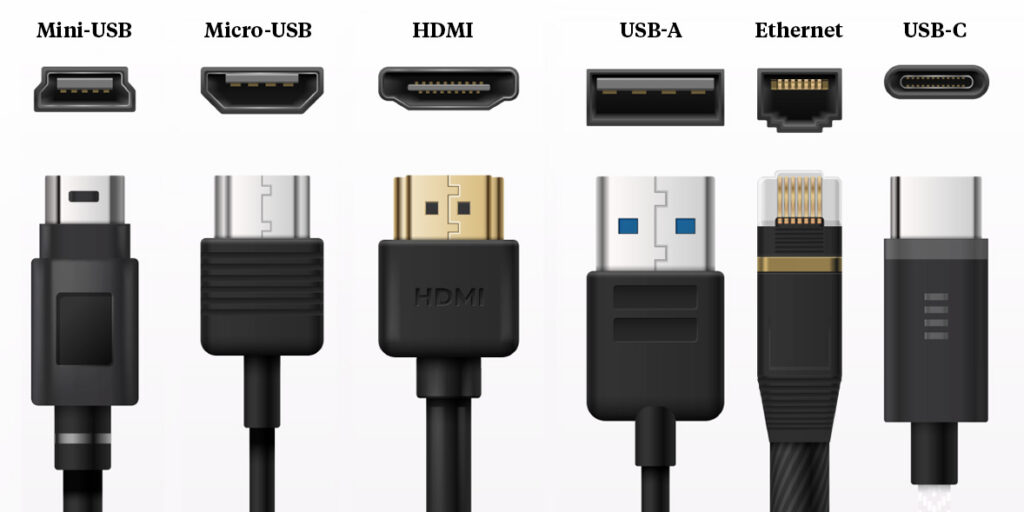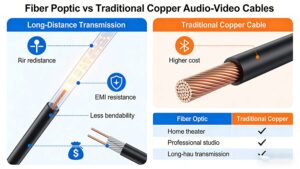Introduction
USB4 represents a leap forward in connectivity, unifying speed, power delivery, and versatility under the USB-C standard. This blog explores why USB4 requires USB-C, its technical advantages, and the challenges—and solutions—for backward compatibility with older devices.
USB4’s Technical Breakthroughs
Bridging the Gap: Adapters, Hubs, and Compromises
Industry Shifts & Consumer Impact
|
Year
|
Flagship Device Adoption Highlights
|
|
2015
|
Apple’s new MacBook adopted USB – C, setting an example for thin – and – light devices in terms of high – speed data transfer and power delivery.
|
|
2016 – 2017
|
USB 3.1 and 3.2 led to wider use of USB – C. Some high – end Android phones started using it for faster data transfer and its reversible design.
|
|
2022
|
Apple switched all iPads to USB – C, enhancing user experience. The EU mandated USB – C for all electronics by 2024.
|
|
2023
|
Apple launched USB – C Apple Pencil, and the iPhone 15 series adopted USB – C, offering faster transfer and more connectivity.
|
|
2024
|
Apple released AirPods Pro 2 and AirPods 4 with USB – C cases, and the iPhone 16 series came with USB – C as standard.
|
|
2025
|
Apple discontinued iPhone SE (2022) and iPhone 14 series with Lightning. India will mandate USB – C for smartphones in June.
|









